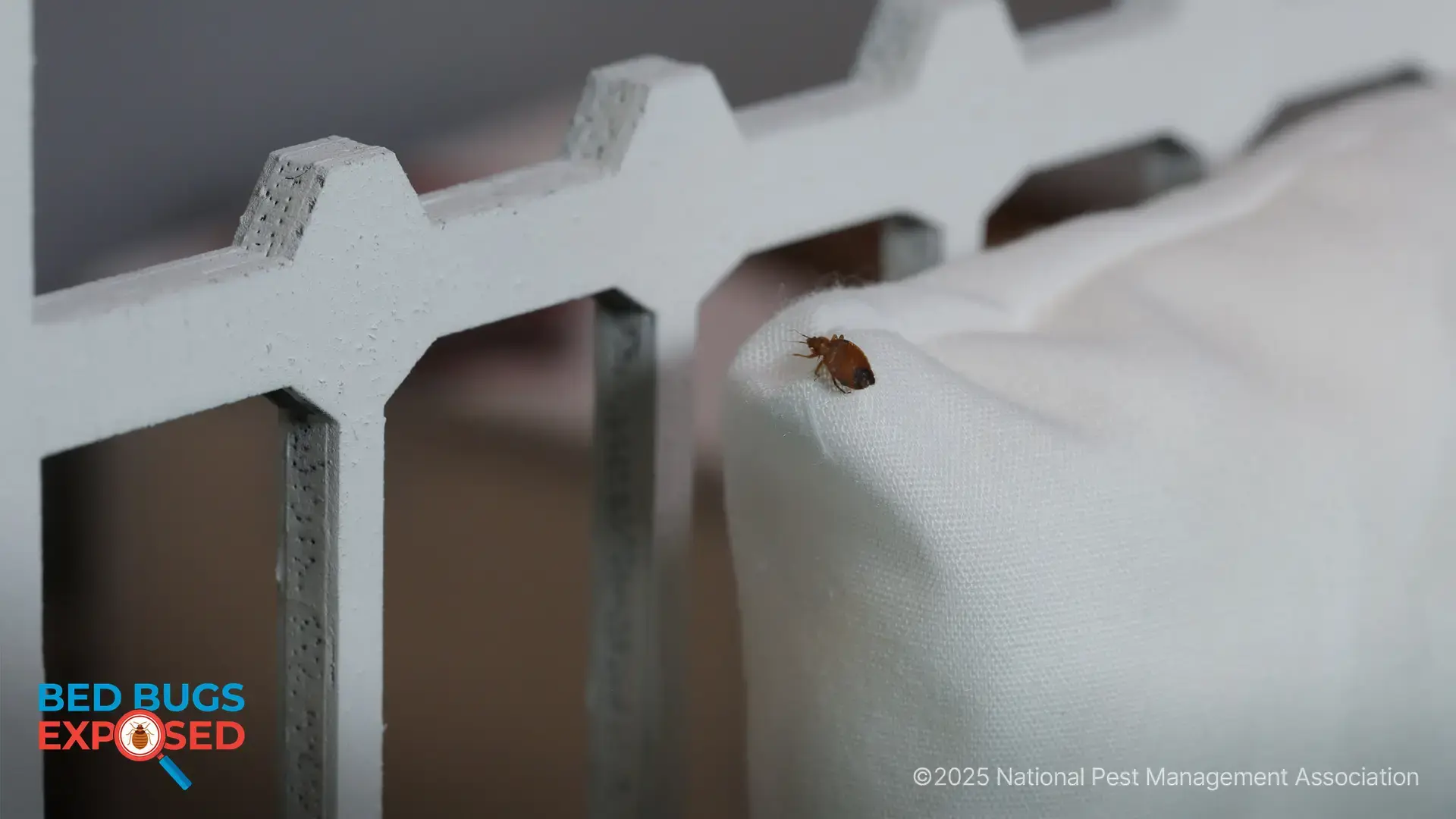Black Widow Spiders
Everything You Need to Know About This Venomous Species

Black widow spiders are the creatures of scary stories told on Halloween night – deadly females that kill and eat the males and who are poisonous to anyone that dares come near.
While there are elements of truth to these stories, the habits of black widow spiders aren’t any different than the habits of other species of spiders. However, of the spiders that interact with humans, the black widow’s characteristics coupled with its health risk make it one of the most dangerous spiders that can be found in or around the home. Being aware of where to find these spiders and the risks they pose can help protect you and your family from being bitten.
How dangerous are black widows?
Black widow spiders are one of a small number of structure-invading spiders that have both fangs big enough to pierce human skin and venom potent enough to cause severe side effects. According to the Centers for Disease Control and Prevention (CDC), the black widow is the most venomous spider in North America. However, bites are very rarely fatal as the amount of venom injected is so small, and very few people have interactions with black widows in which they are bitten.
In the case of a black widow bite, the Food and Drug Administration (FDA) does produce an antivenin that can be used to counteract the effects of the venom, reducing the side effects and possibility of death in bite victims.
What do black widows look like?
The good thing about black widows is that they have a very unique appearance. They can be recognized by most people and are easily identified by an expert. Their characteristic all black body is very round and there is a red hourglass or split-hourglass shape under their abdomen. Females can be 3/4 of an inch long with legs over one inch long. Males are about half the size of females.
Where are you likely to find a black widow spider?
Black widows can be found both inside structures and outdoors. They prefer sheltered and protected areas where potential prey has the opportunity to be caught in their webs. Widows are most active during the night when they spend time spinning webs. These webs are very irregular and can be about one foot in diameter.
Outside, they are usually found under stones, in woodpiles or around decks. Occasionally they might live on low tree branches or in shrubs. However, being partial to protected areas makes man-made structures ideal places for black widows to seek shelter. Common places in the home for these spiders to live are in cluttered or seldom-used areas in the garage, basement or a crawl space.
How do you prevent a black widow spider infestation?
The best techniques for preventing black widow spiders are keeping the home free of clutter and sealing possible entry points.
Standard pest-proofing steps such as installing screens and weather stripping are effective at keeping black widows from getting into your home. Removing old boxes and other unwanted items from dark corners will reduce the number of places for the spiders to hide.
When cleaning out these areas of the home, be sure to wear a long-sleeved shirt and gloves to avoid bites from a black widow or other spider that may already be hiding there. If a spider web is visible, use caution before putting hands or feet in that area. It is also good practice to shake out clothing and check in shoes that have been stored in a basement or garage before wearing them.
How can I recognize a black widow spider bite?
A bite from a black widow spider feels like a pinprick. Pain is usually immediate, but bites are not always felt. If it is not felt, the only evidence will be a slight swelling with two tiny fang marks.
According to Dr. Jorge Parada, medical advisor for the National Pest Management Association, symptoms of a bite include fever, increased blood pressure, sweating and nausea. The main component in black widow venom is a neurotoxin, which causes pain at the bite site and then spreads to other areas of the body such as the chest and the abdomen. Severe reactions could result in muscle cramping.
For most healthy people, symptoms of a black widow bite will dissipate within a few days. However, young children and the elderly may be susceptible to severe reactions, Parada warns.
Are all black widows bad?
Most bites from black widow spiders occur when a spider’s hiding place is discovered or a female is protecting her egg sac. Although they are dangerous, these spiders use their bite as a defense. Black widow spiders do not bite humans instinctively.
If you suspect an infestation, contact a licensed pest control professional immediately. This is the safest way to get rid of black widow spiders in your home and keep your family safe.

Learn About Rodents
Rodents invade millions of homes each winter. Learn more about them!

NPMA's Bug Barometer Forecast
The latest Bug Barometer® forecast from the National Pest Management Association reveals what homeowners across America can expect from pest activity this fall and winter.

NPMA's Bed Bugs Exposed Project
Check out NPMA's Bed Bugs Exposed project to learn more about this hitchhiking pest and how to prevent an infestation at home.
Find a PEST PRO in your area

Learn About Rodents
Rodents invade millions of homes each winter. Learn more about them!

NPMA's Bug Barometer Forecast
The latest Bug Barometer® forecast from the National Pest Management Association reveals what homeowners across America can expect from pest activity this fall and winter.

NPMA's Bed Bugs Exposed Project
Check out NPMA's Bed Bugs Exposed project to learn more about this hitchhiking pest and how to prevent an infestation at home.
